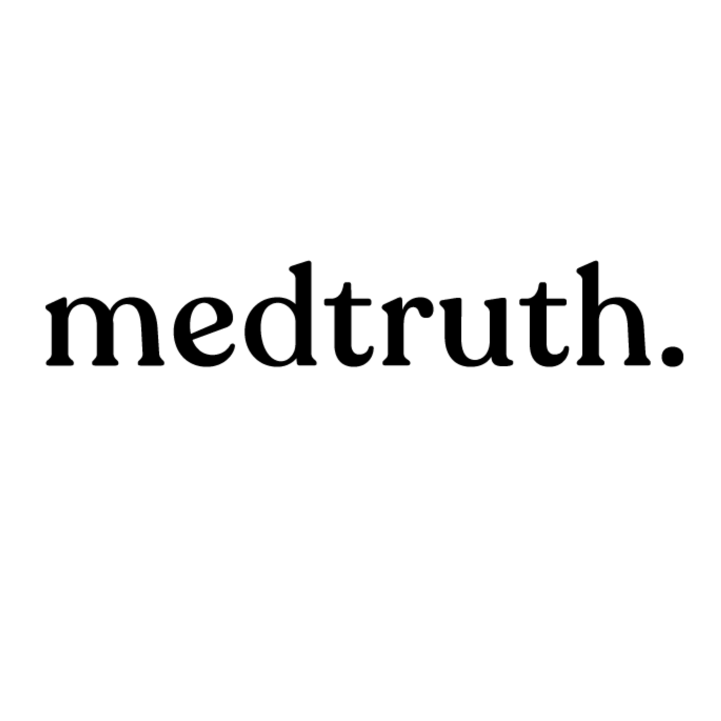The film has one core thesis: toxic chemicals are being used in consumer products without people’s knowledge due to legal loopholes that must be closed. For Whelan, this message is personal. He’s on a mission to find out why the pajamas he bought for his daughters have such a synthetic stink to them.
As it turns out, his daughters’ clothing contained Di[2-ethylhexyl], a phthalate, and Tris[2-chloroethyl] phosphate, a fire retardant and possible carcinogen. The documentary focuses on both of these chemical groups as dangerous to the average consumer.
Phthalates are part of a family of chemicals the documentary discusses known as Endocrine Disrupting Chemicals (EDCs). According to the documentary these chemicals are mutagens that act like hormones and disrupt the growth and development of the body.
Fire retardants like Tris[2-chloroethyl] phosphate are also possible carcinogens and have been applied to clothing since the late 70s. The documentary emphasizes that these chemicals cannot be concealed if the consumer is expected to be responsible for advocating for their own health.
As the documentary explains, many consumer products contain artificial fragrances and other chemical ingredients that are held as proprietary. As evidence to the widespread nature of this issue, the documentary cites a 2009 cancer panel that suggests cancer risks due to toxic chemicals are “grossly underestimated” and could “devastate American lives.”
One expert, Karuna Jaggar, executive director of Breast Cancer Action, explained that consumers absorb these chemicals “as toddlers and infants, even in utero” and that “all those chemical exposures affect our lifetime health outcomes.” The documentary discusses the way that the ingredient “fragrance” is actually a cover for up to hundreds of synthetic ingredients and that the knowledge of those ingredients is never disclosed.
Throughout “STINK!,” expert opinion and visual evidence expose the holes in consumers’ assumptions. From telling watchers that “no one’s made sure that [a product is] safe” to showing how little the public understands about legal loopholes, “STINK!” seeks to highlight how ubiquitous this opaque industry has made itself in every facet of American life.
The film is not unilateral in its experts, however. In addition to calling experts from the Environmental Working Group, fire retardant experts and activists against toxic chemicals, the documentary also interviews some of the creators of synthetic scents to explain their side of the issue. They say that the reason that so many of these chemical secrets are proprietary is that they cannot patent their scent “recipes” and therefore they have to protect them as trade secrets.
The documentary, however, reveals that these scent secrets also protect corporations from liability when their products make consumers sick. The documentary frequently poses the concept of proprietary information and trade secrets against concerned citizens trying to discover what chemicals are in their products and the damage that these products deal on a human level.
The key difference that sets “STINK!” apart from other documentaries is its duality between Whelan’s story and the traditional documentary presentation. Whelan’s story frequently served as a way to ground the facts and figures presented in a real and human effect, making it easier to care about some of the drier bits of the documentary. Overall, “STINK!” is an insightful and eye-opening documentary into the unregulated use of toxic chemicals in America.
Watch "STINK!" on Netflix.


